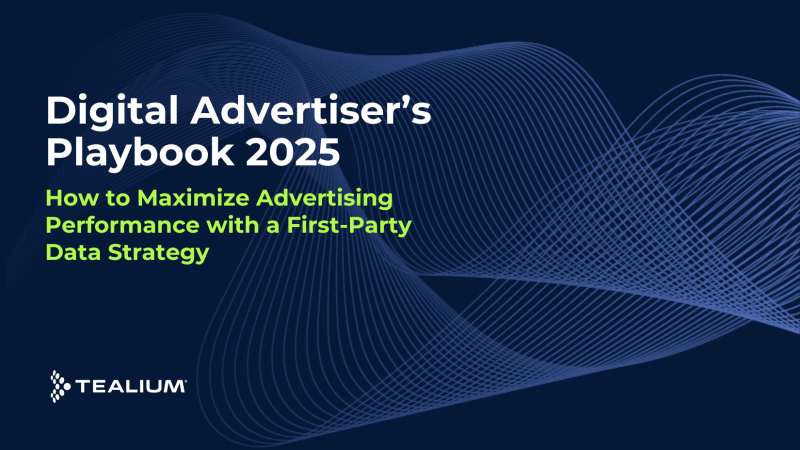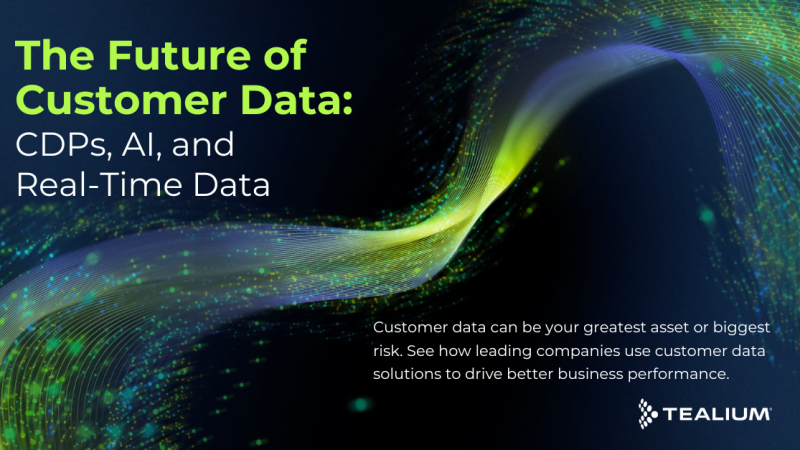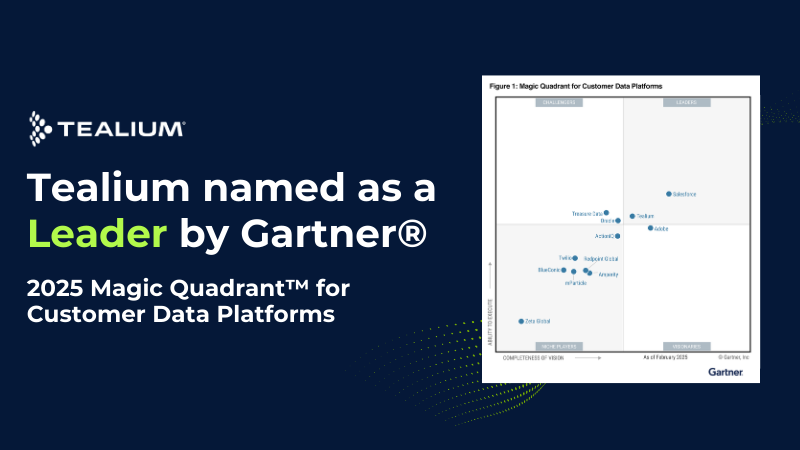What Is a Customer Data Platform (CDP)? The Complete Guide for Modern Marketers
In today’s data-driven marketing landscape, delivering personalized customer experiences requires a unified view of your audience across all touchpoints. A Customer Data Platform (CDP) has become an essential technology for modern marketers seeking to harness customer data effectively. This comprehensive guide explains everything you need to know about CDPs and how they can transform your marketing strategy.
What Is a Customer Data Platform (CDP)?
A Customer Data Platform (CDP) is a centralized software solution that collects, unifies, and activates customer data from multiple sources—including websites, mobile apps, offline interactions, and IoT devices—in real-time. Unlike traditional data management tools, a CDP creates a single, persistent customer profile that updates dynamically as new data flows in, enabling highly personalized marketing, sales, and service interactions across all channels.
Why Your Business Needs a Customer Data Platform
Data fragmentation across various systems creates significant challenges for delivering seamless customer experiences. A CDP addresses these challenges by:
- Unifying customer data from multiple touchpoints into a single source of truth
- Resolving customer identities across devices, platforms, and channels
- Enabling real-time personalization and precisely targeted marketing campaigns
- Supporting regulatory compliance with privacy regulations including GDPR, CCPA, and other data protection laws
Download our Definitive Guide to CDPs to explore how CDPs drive ROI.
Essential Features of a Modern CDP
- Data unification and identity resolution: Creates a comprehensive 360-degree customer view
- Real-time data activation: Enables immediate audience segmentation and engagement
- Advanced data governance and privacy controls: Ensures secure, compliant customer data handling
- Pre-built integrations with marketing platforms: Connects with Adobe, Salesforce, AWS, Snowflake, and more
How Does a Customer Data Platform Work?
- Data Collection: Gathers first-party data from all digital and offline sources
- Identity Resolution: Merges data to identify unique customers across platforms
- Data Enrichment: Enhances profiles with behavioral, transactional, and demographic info
- Activation: Delivers personalized experiences in real-time through APIs and integrations
CDP Use Cases Across Industries
Retail and E-commerce
|
Financial Services
|
Healthcare
|
Travel & Hospitality
|
The Perfect Storm of Martech Growth
Customer Data Platforms are packaged software that helps companies solve a huge and growing problem: the need for unified, accessible customer data… With careful planning, a CDP will provide the foundation your company needs to meet customer expectations for exceptional personalized experiences.
— David Raab, Customer Data Platform Institute
CDP vs. Other Customer Data Solutions
| Feature | Customer Data Platform (CDP) | Data Management Platform (DMP) | Customer Relationship Management (CRM) |
|---|---|---|---|
| Data Types | First-party, persistent customer data | Third-party data primarily for advertising | Customer interactions and sales data |
| Identity Resolution | Comprehensive | Limited or none | Limited |
| Real-time Activation | Yes | Typically batch-based | Limited |
| Primary Use Cases | Personalization, customer journey orchestration | Audience targeting for advertising | Sales pipeline and customer service |
Why Choose Tealium’s Customer Data Platform?
Tealium’s AudienceStream CDP provides a scalable, privacy-compliant solution to unify your customer data across all touchpoints. With 1,300+ integrations, real-time activation, and robust data governance, Tealium empowers marketers to deliver personalized experiences at scale.
Explore customer success stories to see Tealium in action.
Frequently Asked Questions about CDPs
Q: What does a CDP do?
A CDP unifies customer data across platforms for real-time personalization and compliance. Learn more.
Q: How is a CDP different from a CRM?
CRMs manage known customer interactions. CDPs unify both known and anonymous data. Compare more.
Q: Who uses a CDP?
Marketing, data, and CX teams in retail, healthcare, and finance rely on CDPs to improve engagement and outcomes.
Get Started With a CDP Today
Unlock the full potential of your customer data with Tealium’s leading CDP solution. Request a demo or explore our resources to transform your marketing strategy.








